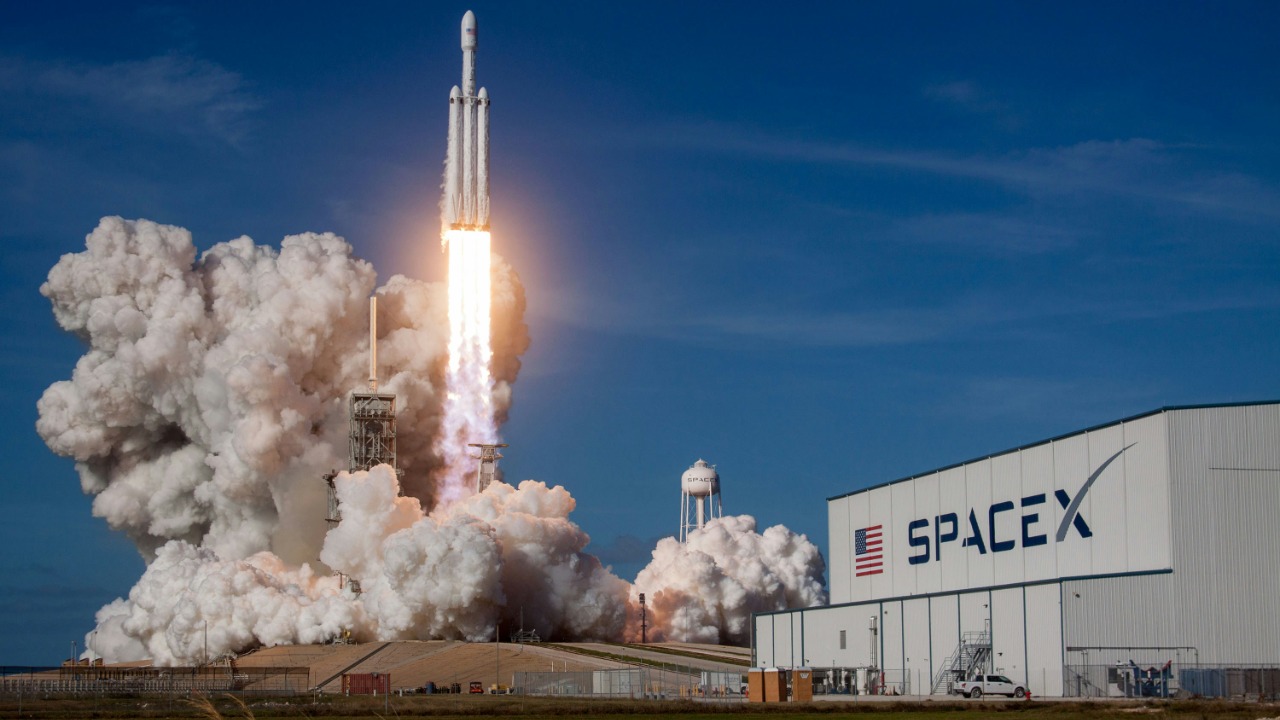
As we continue to explore the cosmos, it’s fascinating to note that some vintage technologies are still in use in modern space missions. These tried-and-true tools and devices, many of which date back decades, continue to play a vital role in ensuring the success of space exploration. Let’s delve into some of the most enduring technologies that have stood the test of time.
Slide Rules
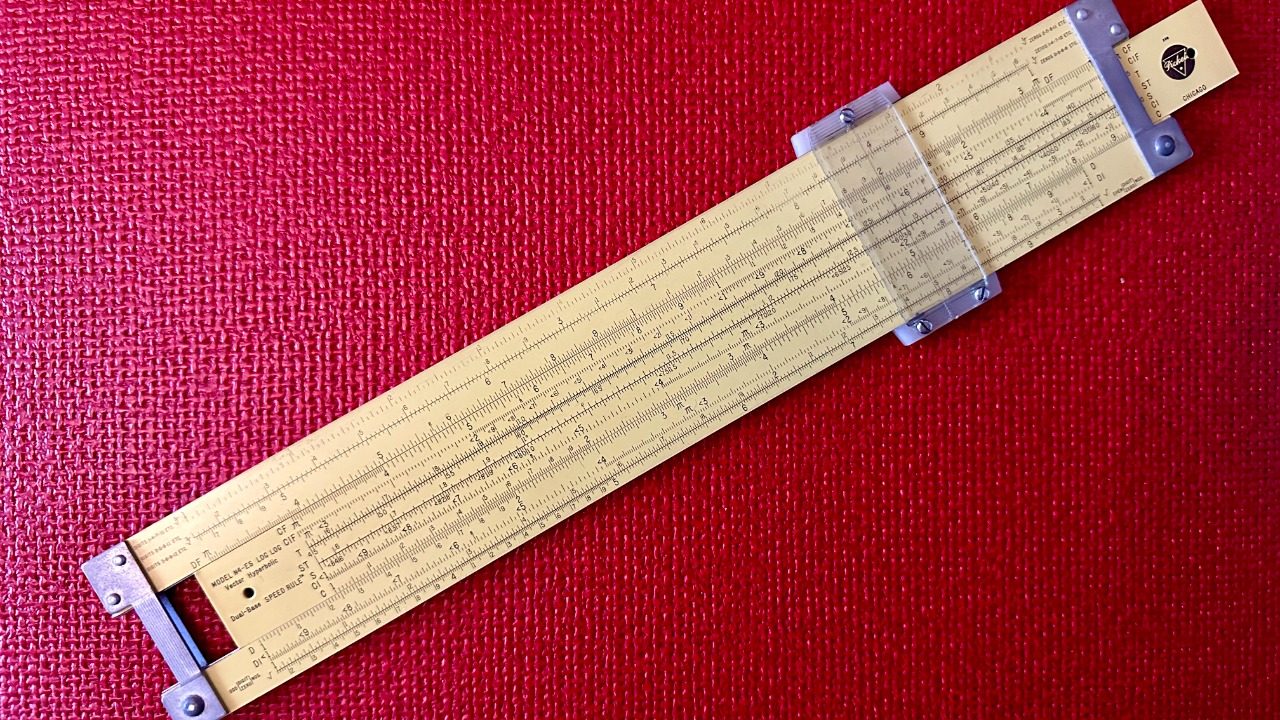
While digital calculators have largely taken over in the realm of numerical calculations, slide rules still find their niche in certain space missions. These analog devices, once the staple of engineers and scientists, serve as a reliable backup for quick calculations when electronic devices fail or are impractical to use. Their simplicity and durability make them indispensable in situations where power sources are limited or nonexistent.
Slide rules were famously used during the Apollo missions, and their legacy continues today. They remind us of an era when precision and manual skills were paramount in engineering.
Vacuum Tube Amplifiers

Vacuum tube amplifiers, once the cornerstone of electronic technology, have become rare in everyday use but remain crucial in some space applications. Known for their reliability and ability to handle high frequencies, these amplifiers are used in certain communication systems where solid-state devices might falter under harsh conditions.
In particular, vacuum tubes are valued for their robustness in environments with high radiation levels, such as those found in outer space. Their ability to withstand these conditions makes them a preferred choice for specific tasks in space missions.
Apollo Guidance Computer
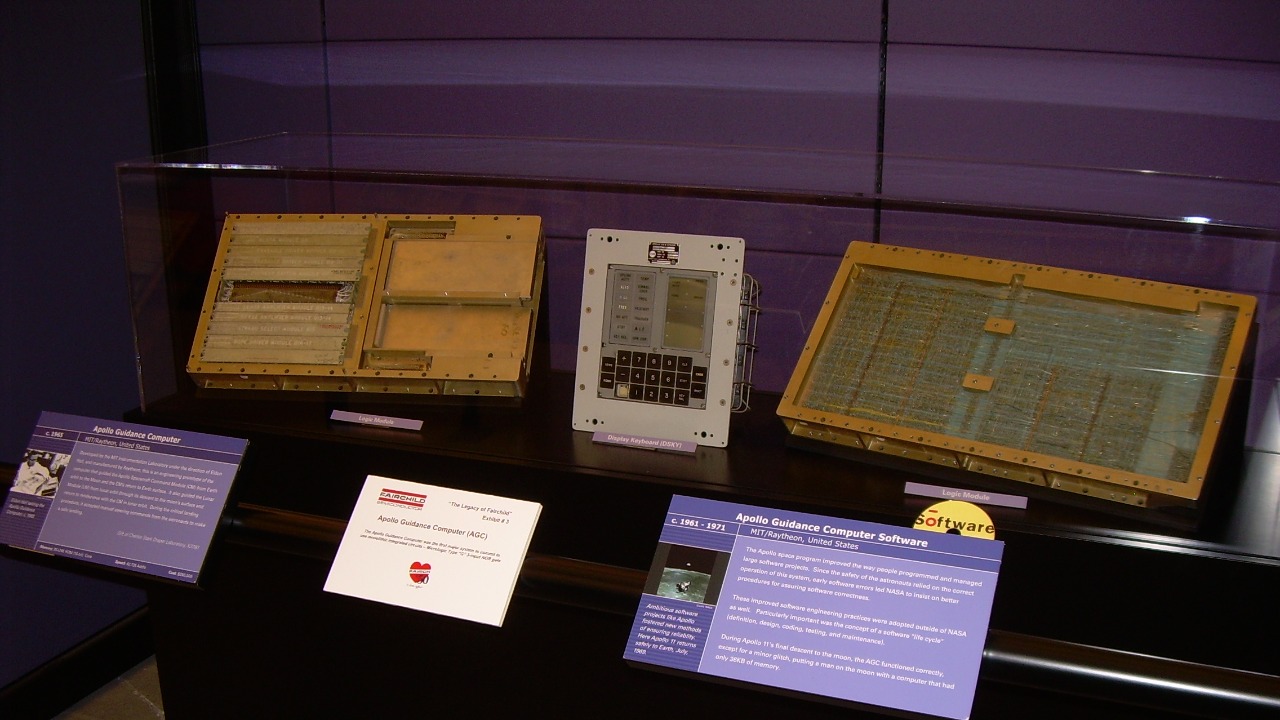
The Apollo Guidance Computer (AGC) was a marvel of its time, guiding astronauts safely to the moon and back. Its architecture, despite being primitive by today’s standards, laid the groundwork for modern computer systems used in space exploration.
Some of the AGC’s concepts and designs are still relevant today. The AGC’s influence can be seen in the design of fail-safe systems and redundancy measures in current spacecraft, ensuring mission success even in the face of unexpected failures.
CCD Sensors
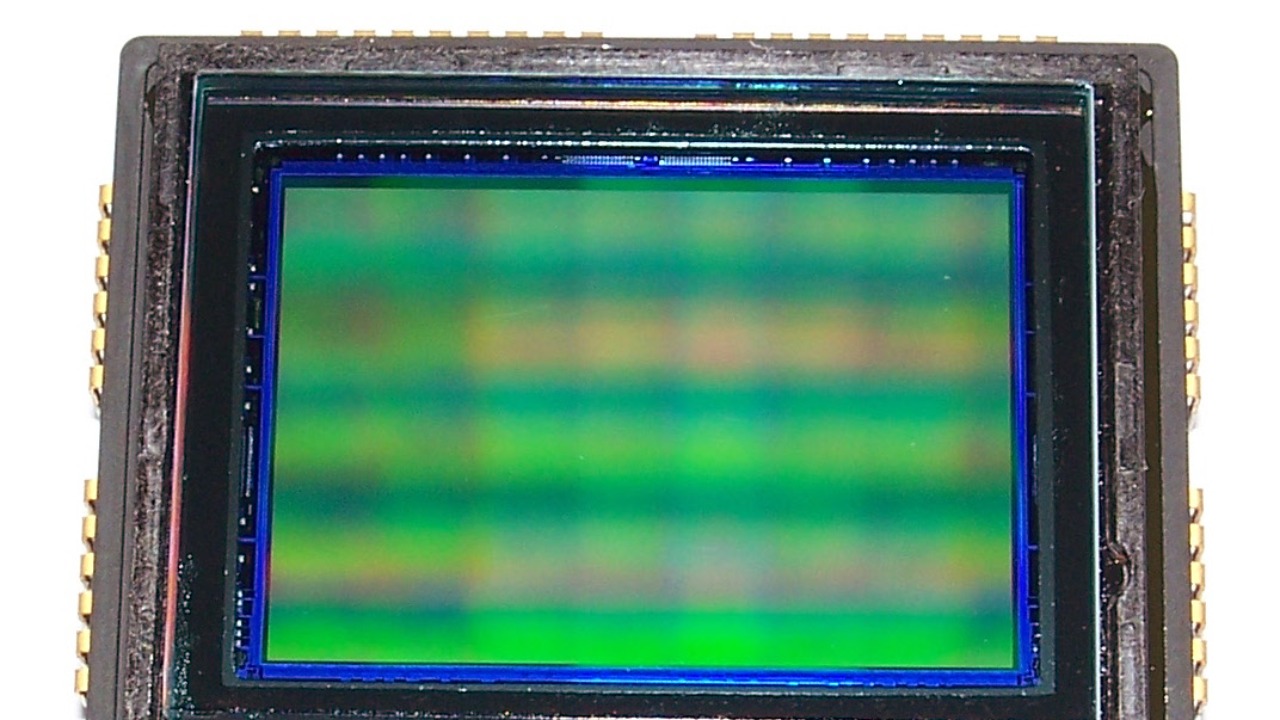
Charge-Coupled Device (CCD) sensors revolutionized imaging technology by providing high-quality images from space. They are still employed in telescopes and spacecraft, capturing stunning visuals of distant galaxies and planets.
Despite the advent of newer imaging technologies, CCD sensors remain a staple in space due to their high sensitivity and ability to capture detailed astronomical images. Their resilience and effectiveness make them a preferred choice for long-duration space missions.
Gyroscopes

Gyroscopes are critical components in spacecraft navigation systems, providing stability and orientation data. These devices, which rely on principles of angular momentum, help maintain the correct attitude of a spacecraft.
Modern space missions still use gyroscopes for precise maneuvering. They are essential in maintaining the orientation of telescopes and satellites, ensuring accurate data collection and communication. Learn more about their importance in space technology here.
Radioisotope Thermoelectric Generators
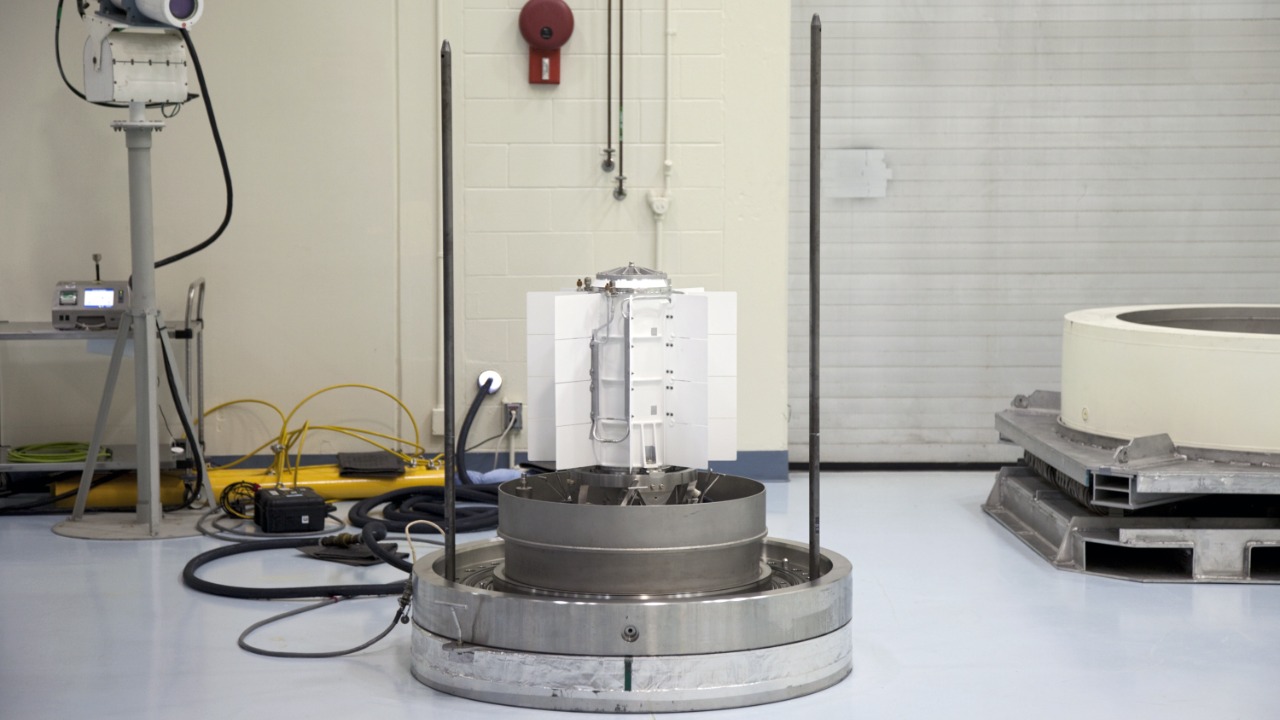
Radioisotope Thermoelectric Generators (RTGs) have powered spacecraft for decades, providing a reliable energy source when solar power is not feasible. They convert heat released by the decay of radioactive isotopes into electricity.
RTGs have been crucial in missions to the outer planets, where sunlight is too weak to power solar panels. Their longevity and reliability make them an ideal choice for long-term missions, such as the Voyager spacecraft, which still rely on RTGs decades after their launch.
Star Trackers
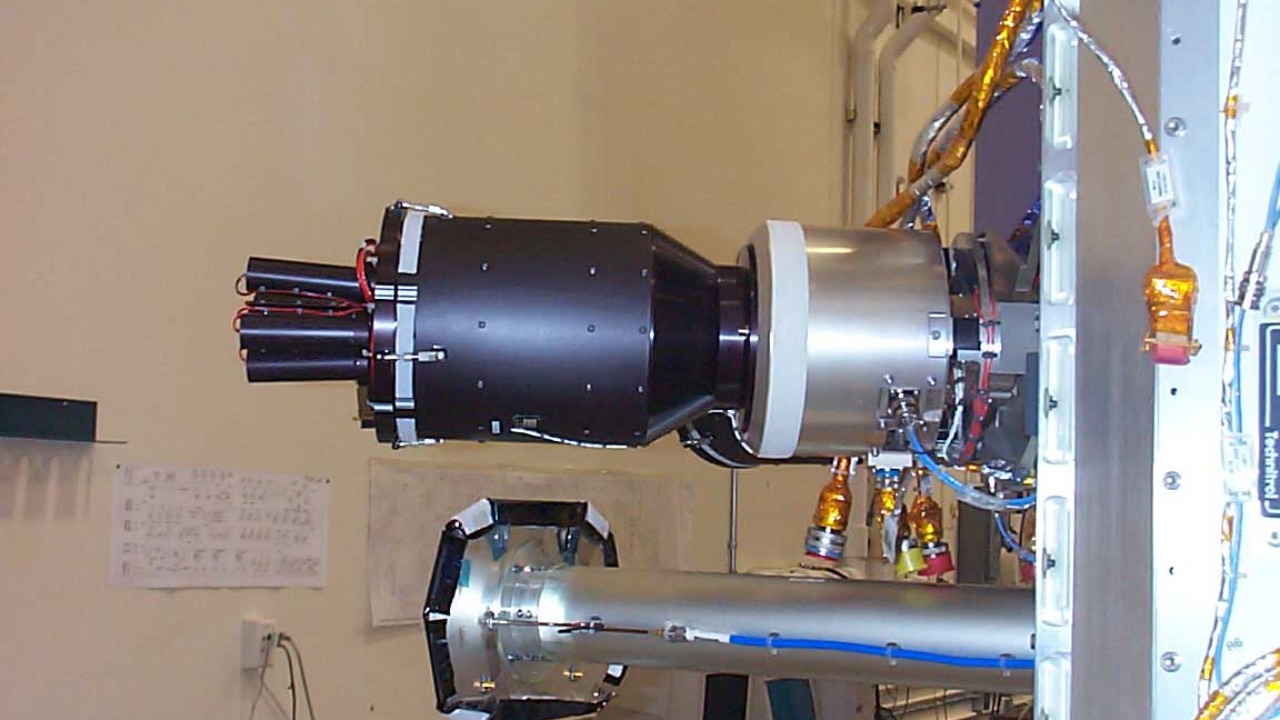
Star trackers are optical devices that help determine the orientation of a spacecraft by comparing observed star positions with an onboard star catalog. This technology continues to be vital in ensuring the precise navigation of spacecraft.
By offering accurate attitude determination, star trackers help spacecraft maintain their intended paths and orientations. Their ability to provide reliable data makes them indispensable in modern space missions, ensuring that spacecraft stay on course.
NiCd Batteries
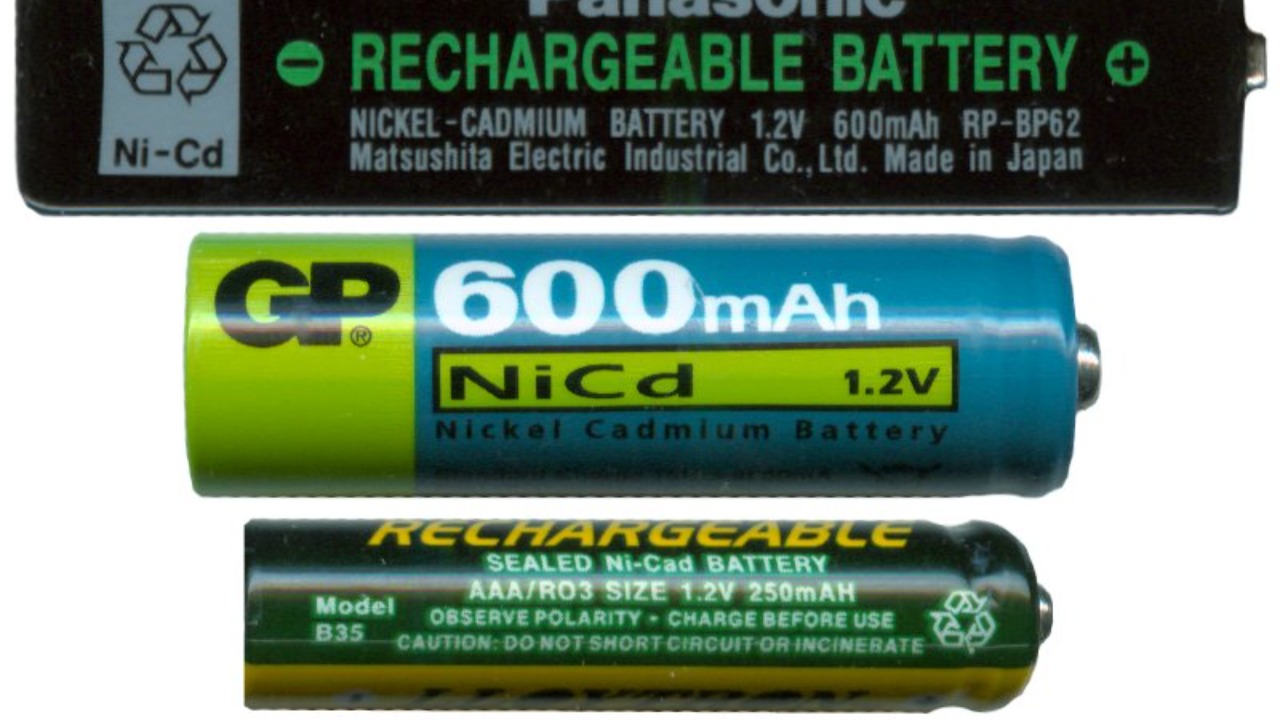
Nickel-Cadmium (NiCd) batteries have been used in space missions for their ability to withstand extreme temperatures and repeated charging cycles. Despite the rise of newer battery technologies, NiCd batteries are still employed in certain applications.
Their robustness and reliability in harsh environments make them a suitable choice for powering various spacecraft systems. They continue to be used in satellites and other space vehicles, providing dependable energy storage solutions.
Solar Panels
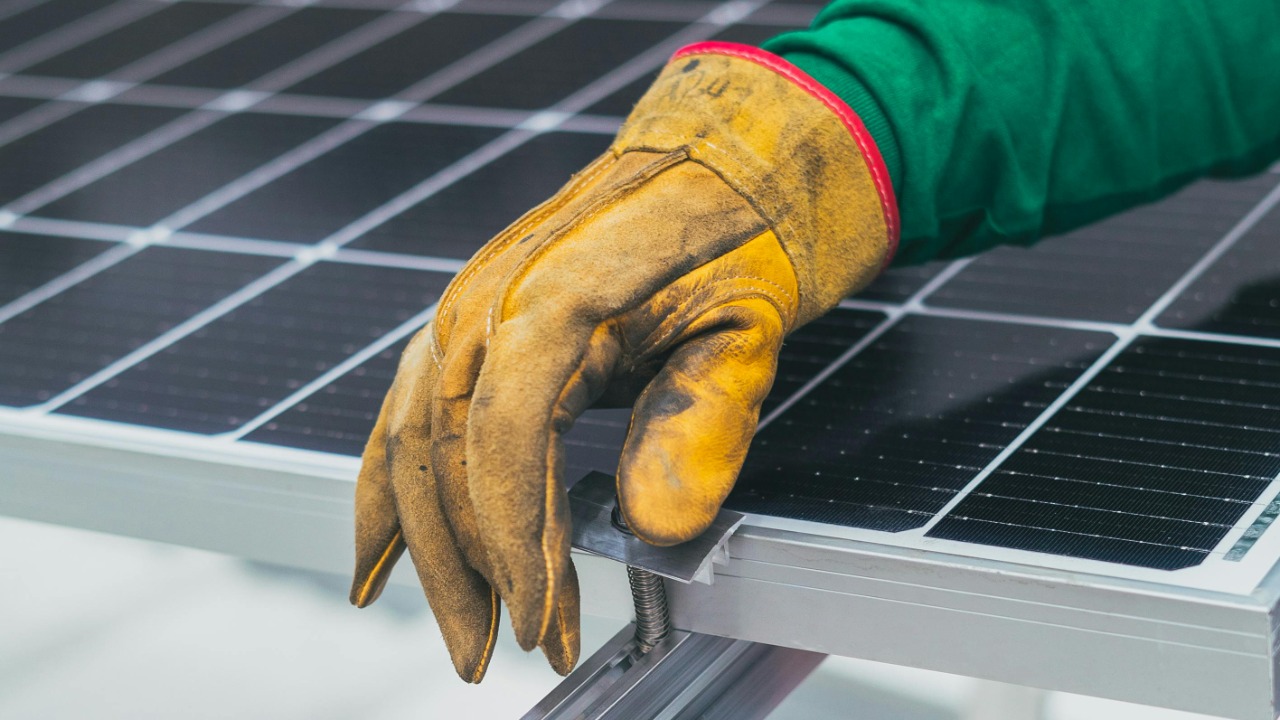
Solar panels remain a primary power source for many spacecraft, efficiently converting sunlight into electricity. This technology, which has been refined over decades, is crucial for missions that rely on solar energy.
Current advancements in solar panel technology have improved their efficiency and durability, making them even more effective in powering spacecraft. They are essential for missions such as the International Space Station and numerous satellites orbiting Earth, providing a sustainable energy solution for long-term space exploration.